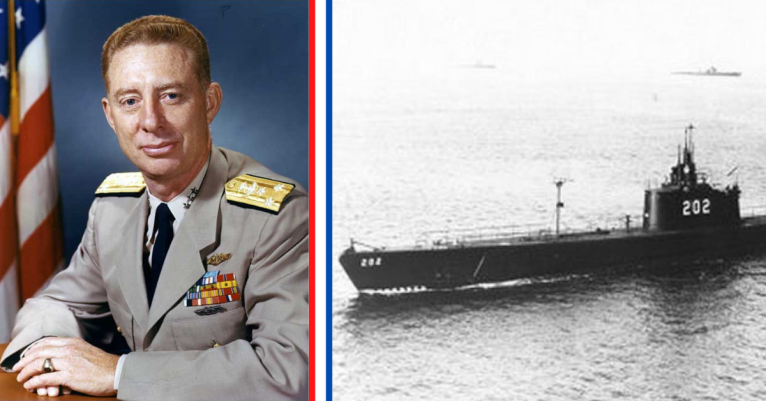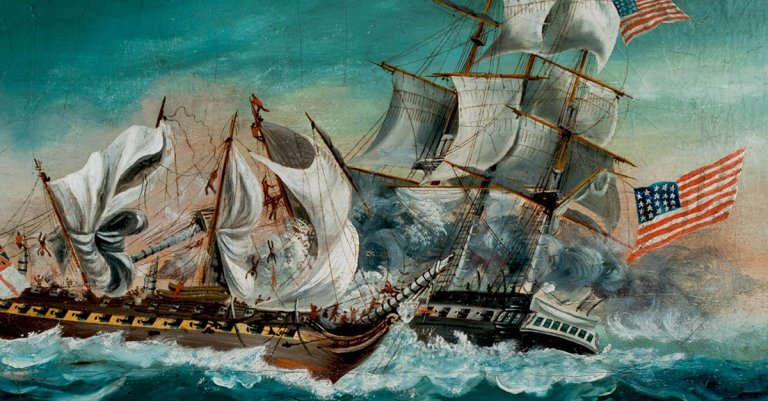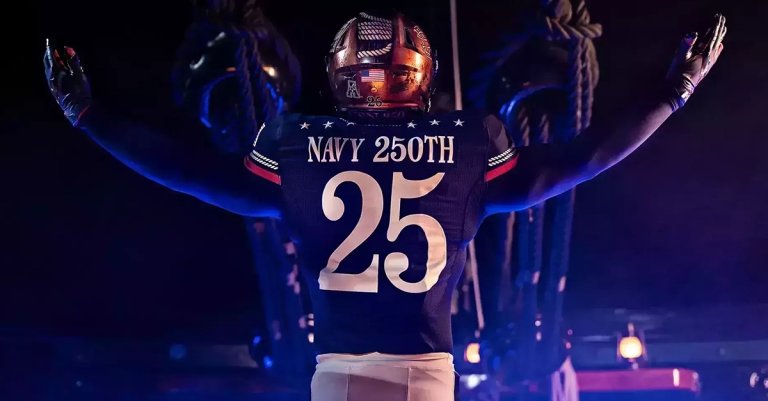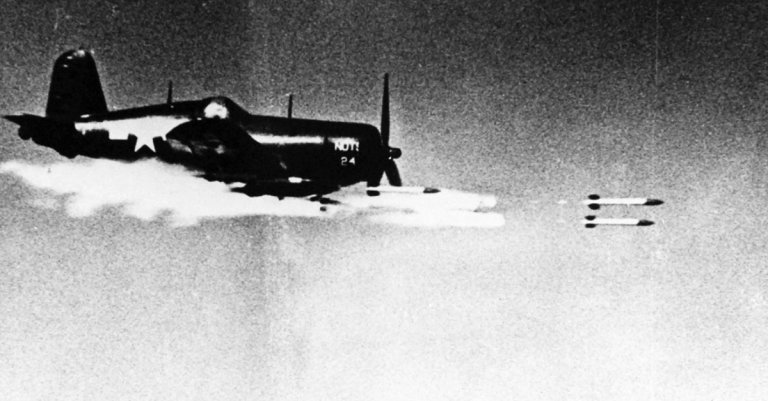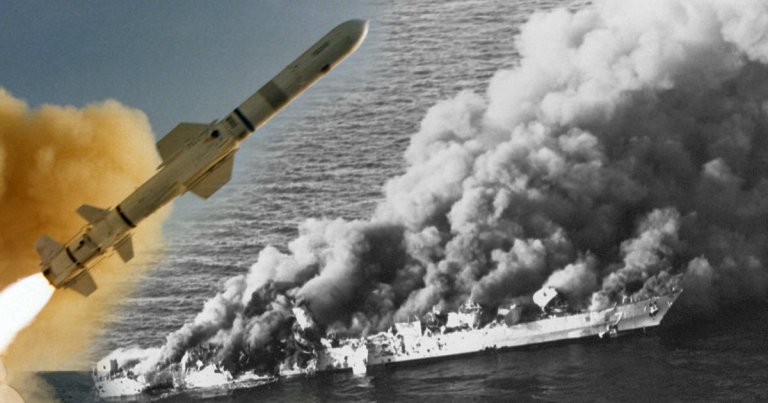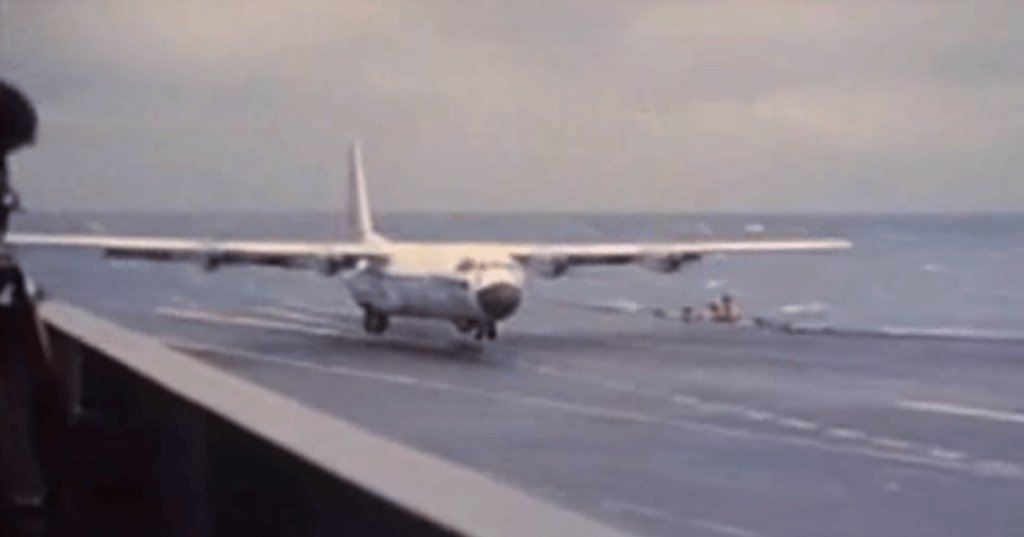

An F/A-18 Hornet next to a C-130 Hercules is like comparing a Ferrari to a big yellow school bus — there’s a huge difference.
With that in mind, a big yellow school bus has no business in a compact parking space, but that’s precisely what Lt. James H. Flatley III did when he landed the 85,000-pound behemoth on the USS Forrestal (CVA-59). He parked a bus in a compact space. And he made it look easy.
At first, he thought the assignment was a joke. “Operate a C-130 off an aircraft carrier? Somebody’s got to be kidding,” he said, according to Joseph Earl Dabney in his book “Hero of the Skies.”

But no, in fact, the orders came from the top. The Chief of Naval Operations — the most senior naval officer in the Department of the Navy — himself ordered a feasibility study to find out whether they could employ the Hercules as a “Super COD” — or Carrier Onboard Delivery — aircraft. At the time, the task belonged to the Grumman C-1 Trader, which, in the spirit of continuing the car analogy, was like driving your mom’s minivan.
The small twin-engine aircraft had a 300-mile range, which was a problem for delivering emergency items to a carrier operating in the middle of the ocean. On the other hand, the Hercules was stable, reliable, and capable of delivering large payloads over a much longer distance.
On October 8, 1963, the Navy received a KC-130F refueler on loan from the Marine Corps. Lockheed’s only modifications included the plane’s nose landing gear, anti-skid braking system, and the removal of the underwing refueling pods.
By October 30, 1963, Flatley and crew successfully proceeded to perform 29 touch-and-go landings, 21 unarrested full-stop landings, and 21 unassisted takeoffs at 85,000 pounds up to 121,000 pounds.
The result went beyond anyone’s expectations.
The test revealed that the C-130 could lift 25,000 pounds (12.5 tons) of cargo and transport it 2,500 miles and land safely on the carrier, according to the video below. Still, the Navy considered it too risky and defaulted to the smaller COD. Flatley received the Distinguished Flying Cross for his effort.


